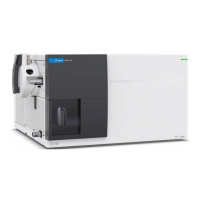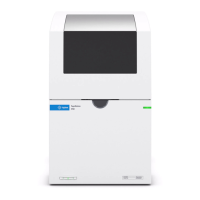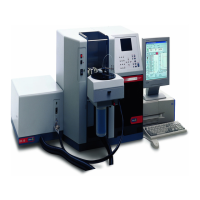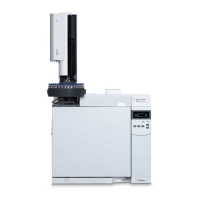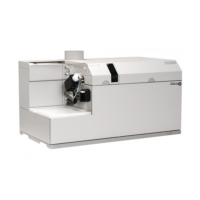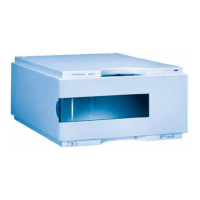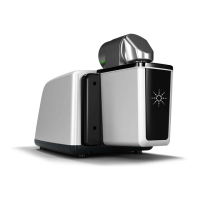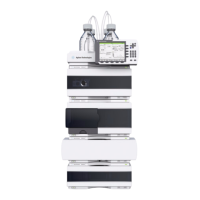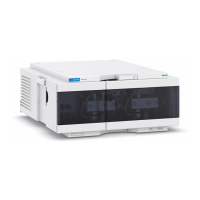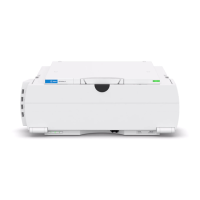Other Primary Measurement Functions
Frequency and Period Measurement Errors
The multimeter uses a reciprocal counting technique to measure frequency and period. This method generates
constant measurement resolution for any input frequency. The multimeter's AC voltage measurement section
performs input signal conditioning. All frequency counters are susceptible to errors when measuring low–voltage, low–
frequency signals. The effects of both internal noise and external noise pickup are critical when measuring "slow"
signals. The error is inversely proportional to frequency. Measurement errors also occur if you attempt to measure the
frequency (or period) of an input following a DC offset voltage change. You must allow the multimeter's input DC
blocking capacitor to fully settle before making frequency measurements.
DC Current
When you connect the multimeter in series with a test circuit to measure current, a measurement error is introduced.
The error is caused by the multimeter's series burden voltage. A voltage is developed across the wiring resistance and
current shunt resistance of the multimeter, as shown below.
Temperature Measurements
The multimeter allows the measurement of temperature by measurement of the temperature sensitive resistance of
two different probe types: the resistance temperature detector (RTD) of 0.385%/°C; and the 5 KΩ thermistor). There
are a number of measurement parameter and technique choices available to you, and these affect various aspects of
the measurement:
l Temperature range and resolution can direct the probe–type choice.
l Choice of four-wire or two-wire technique affects measurement accuracy.
l Use of the autozero feature affects measurement speed and accuracy.
l Choice of integration (measurement time) setting affects measurement accuracy and power–line noise rejection.
l Use of the offset compensation feature can eliminate residual voltages in the test instrumentation or circuit.
94 Agilent Truevolt Series DMM Operating and Service Guide
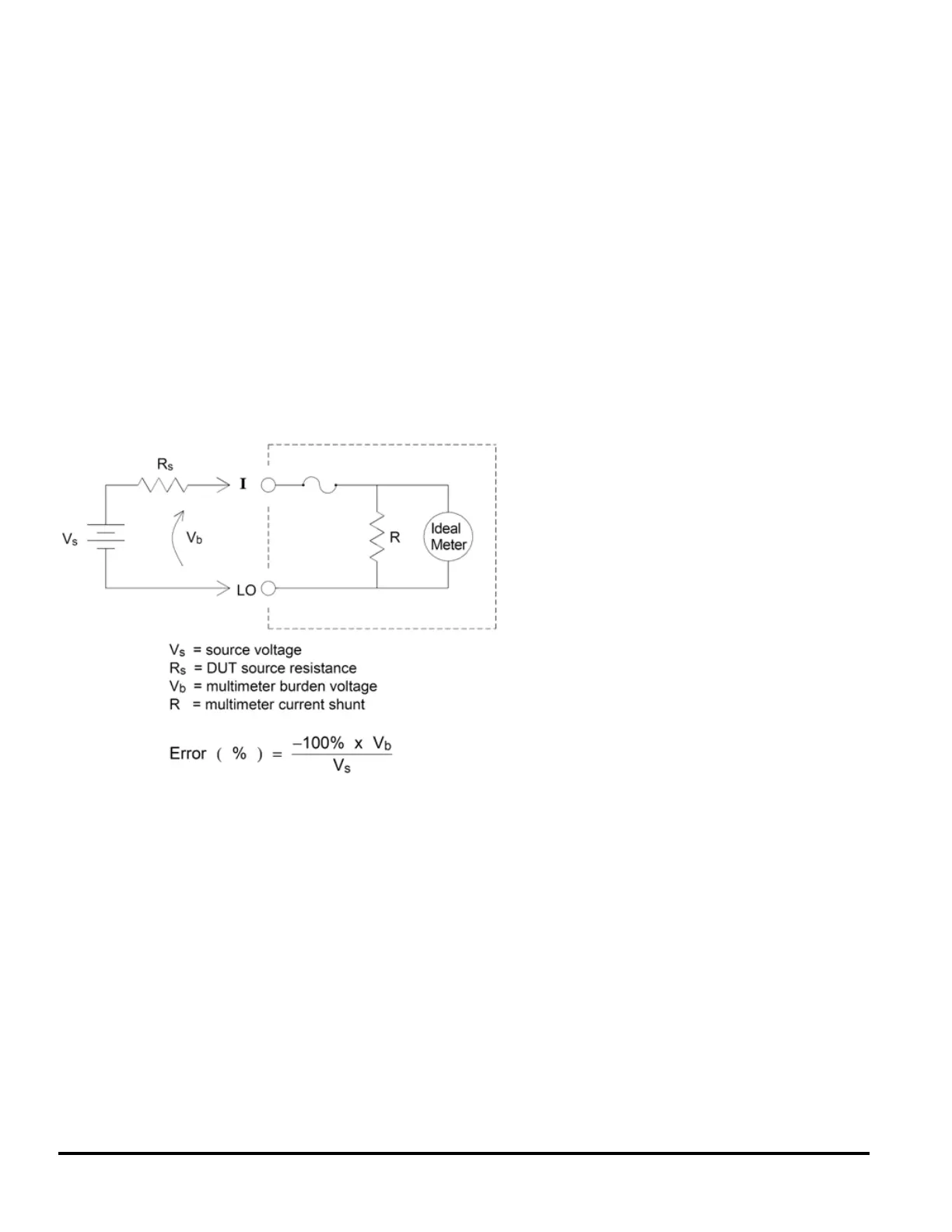